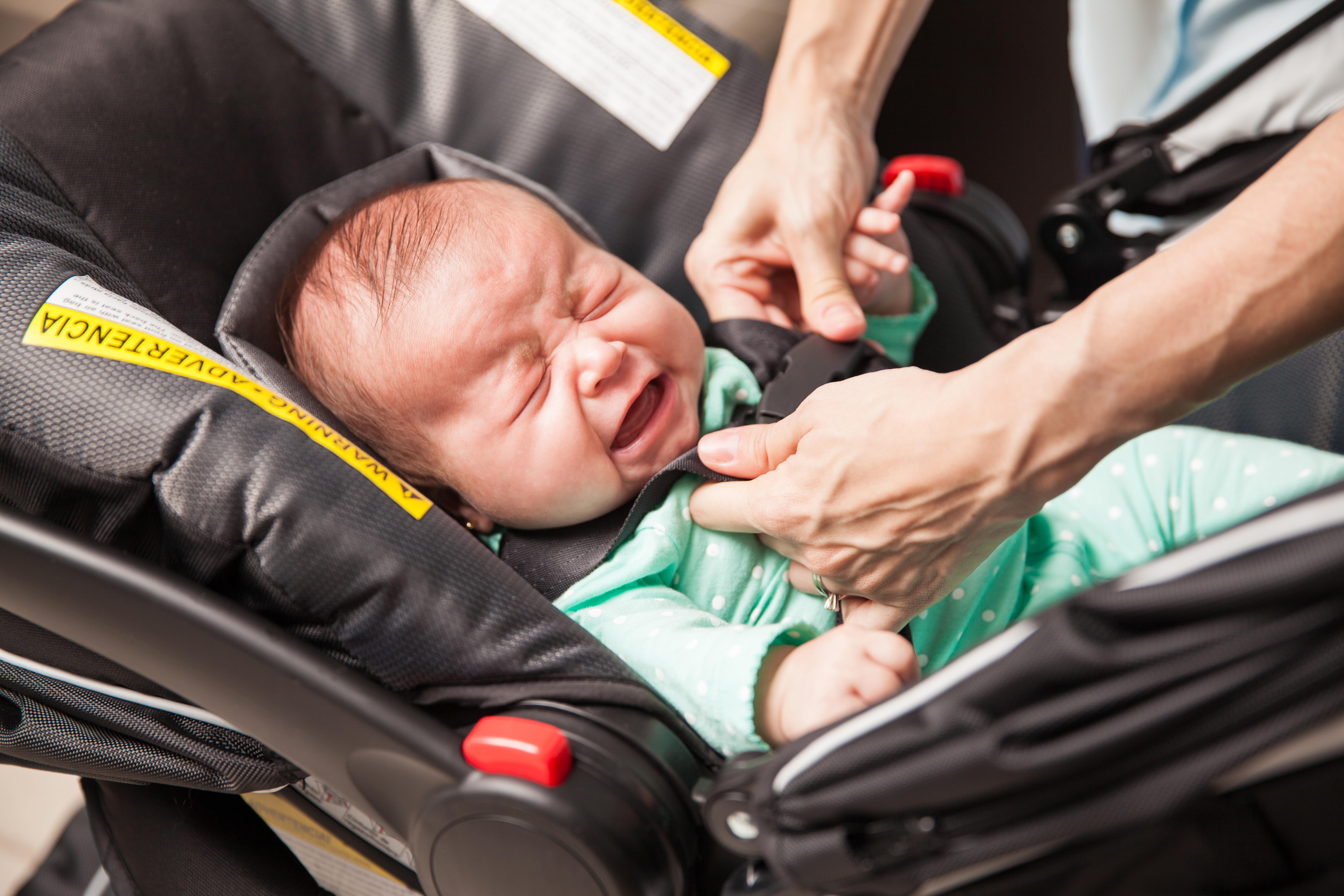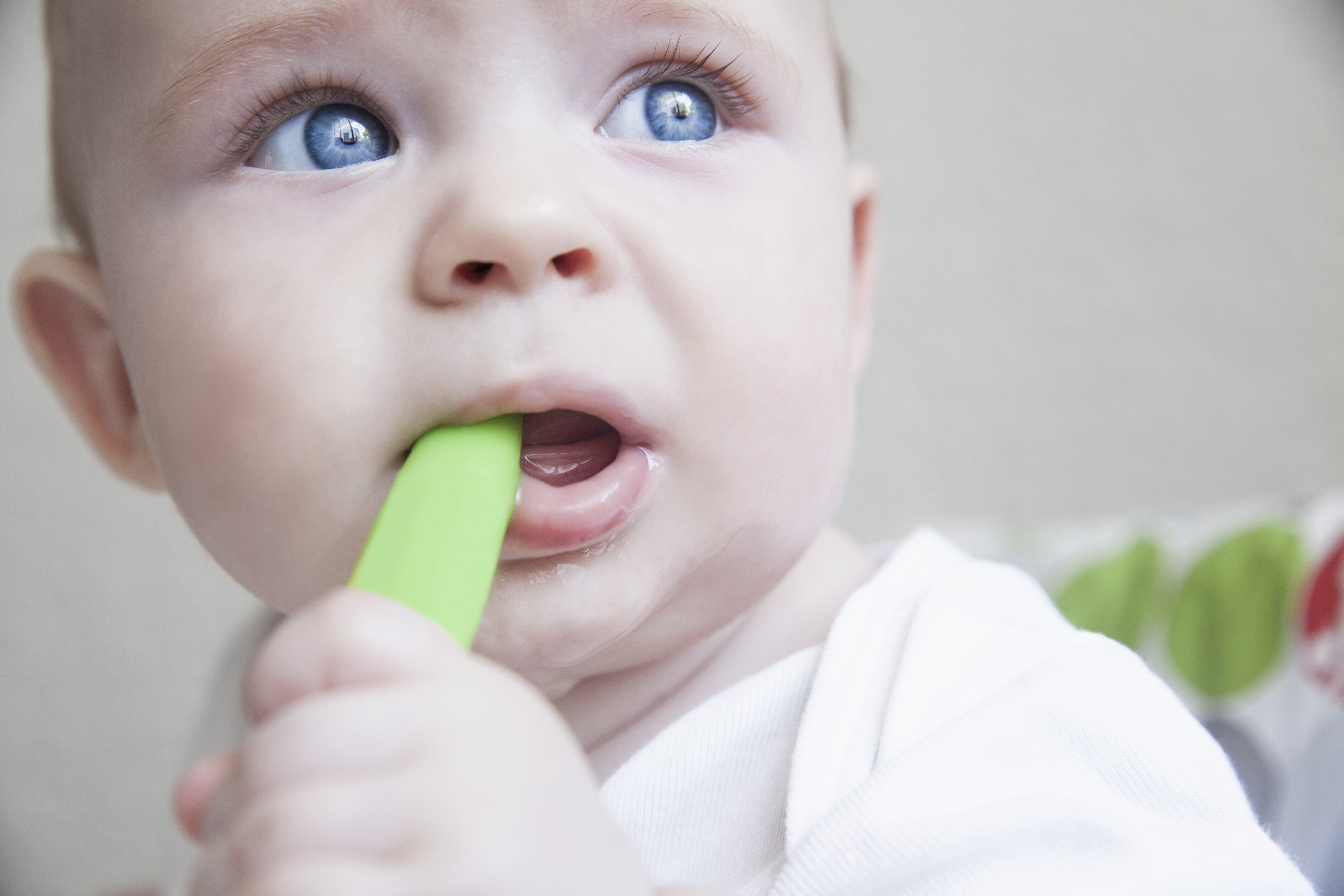10 Common Reasons Your Baby Is Crying — And What New Parents Can Do About It
Welcoming a newborn into the world is a momentous occasion marked by joy, excitement, and a fair share of uncertainty. For new parents, one of the most perplexing challenges is deciphering the reasons behind their baby's cries. While crying is a natural form of communication for infants, the underlying causes can be varied and complex. Understanding these causes is crucial for addressing a baby's needs effectively and ensuring their well-being. This article delves into the most frequent causes of a baby's tears, offering insights and practical advice for new parents navigating this intricate aspect of childcare. By exploring each cause in detail, parents can gain a deeper understanding of their infant's emotional and physical needs, paving the way for a nurturing and supportive environment.
1. Hunger: The Most Common Culprit

Hunger is often the primary reason behind a baby's tears. Infants have small stomachs and require frequent feedings to meet their nutritional needs. When a baby cries due to hunger, it is typically characterized by intense, rhythmic wails that persist until the need is met. Recognizing hunger cues, such as rooting, sucking on hands, or smacking lips, can help parents respond promptly. Establishing a feeding routine that aligns with the baby's natural hunger patterns can also mitigate distress. Whether breastfeeding or formula feeding, ensuring that the baby receives adequate nourishment is essential for their growth and development. Understanding the signs of hunger and responding with timely feedings can significantly reduce crying episodes and promote a sense of security and contentment in infants.
2. Discomfort: Diaper and Clothing Issues

Discomfort caused by a wet or soiled diaper is another frequent cause of a baby's tears. Babies have sensitive skin, and prolonged exposure to moisture can lead to irritation or diaper rash. Regular diaper changes are crucial in preventing such discomfort. Additionally, ill-fitting clothing or fabrics that irritate the skin can also lead to crying. Parents should ensure that their baby's clothing is comfortable and appropriate for the weather conditions. Checking for tight elastics, tags, or seams that might cause discomfort is also important. By maintaining a clean and comfortable environment, parents can minimize discomfort-related crying and help their baby feel at ease.
3. Sleep: The Elusive Necessity

Sleep is vital for an infant's development, yet many babies struggle to establish a regular sleep pattern. Overtiredness can lead to increased crying as the baby becomes unable to settle down for sleep. Recognizing signs of tiredness, such as rubbing eyes, yawning, or fussiness, can help parents put their baby to bed before overtiredness sets in. Creating a calming bedtime routine, such as a warm bath or gentle rocking, can signal to the baby that it is time to sleep. Ensuring a conducive sleep environment, with appropriate lighting and minimal noise, also supports better sleep. By prioritizing sleep and understanding the baby's sleep cues, parents can reduce crying episodes related to tiredness.
4. Colic: The Mysterious Affliction

Colic is a condition characterized by prolonged periods of crying in an otherwise healthy infant. It typically occurs in the late afternoon or evening and can last for several hours. The exact cause of colic remains unknown, but it is believed to be related to digestive discomfort or an immature nervous system. Parents can find colic episodes particularly distressing due to their intensity and duration. While there is no definitive cure for colic, certain strategies can help soothe a colicky baby. These include holding the baby upright during and after feedings, gently rocking or swaddling them, and using white noise to create a calming atmosphere. Consulting with a pediatrician can also provide guidance and reassurance for parents dealing with this challenging condition.
5. Gas and Digestive Issues: The Silent Agitators

Gas and digestive issues can cause significant discomfort for infants, leading to frequent crying. Babies may swallow air during feedings, which can contribute to gas build-up in their digestive system. Techniques such as burping the baby after feedings and ensuring a proper latch during breastfeeding can help reduce air intake. Some babies may also be sensitive to certain foods in the mother's diet if breastfeeding, or specific formula ingredients. Identifying and eliminating potential triggers can alleviate digestive discomfort. Additionally, gentle tummy massages and bicycling the baby's legs can help release trapped gas. By addressing these digestive issues, parents can reduce crying episodes and promote their baby's comfort.
6. Temperature Sensitivity: Balancing the Thermostat

Babies are particularly sensitive to temperature changes, and being too hot or too cold can lead to crying. Ensuring that the baby is dressed appropriately for the environment is crucial. A good rule of thumb is to dress the baby in one more layer than an adult would wear in the same conditions. Checking the baby's neck or back for signs of overheating, such as sweating, can help parents make necessary adjustments. Conversely, if the baby feels cold to the touch, additional layers or a warm blanket may be needed. Maintaining a comfortable room temperature and monitoring the baby's comfort can help prevent temperature-related crying.
7. Overstimulation: The World is a Big Place

The world is a new and overwhelming place for infants, and overstimulation can lead to crying. Bright lights, loud noises, and excessive handling can overwhelm a baby's senses, resulting in fussiness and tears. Recognizing signs of overstimulation, such as turning away from stimuli or becoming unusually fussy, can help parents intervene before the baby becomes too distressed. Creating a calm and soothing environment, with dim lighting and soft sounds, can help the baby relax. Providing opportunities for quiet time and minimizing exposure to excessive stimuli can reduce crying episodes related to overstimulation.
8. Illness: When Tears Signal More

While crying is a normal part of infancy, persistent or unusual crying can sometimes indicate an underlying illness. Fever, ear infections, or other medical conditions can cause significant discomfort for a baby. Parents should be vigilant for additional signs of illness, such as changes in feeding patterns, lethargy, or unusual irritability. Consulting with a pediatrician is essential if illness is suspected, as early intervention can prevent complications and promote recovery. Understanding the difference between normal crying and crying due to illness can help parents respond appropriately and ensure their baby's health and well-being.
9. Teething: The Inevitable Milestone

Teething is a natural process that can cause considerable discomfort for babies, leading to increased crying. As teeth begin to emerge, the pressure on the gums can be painful and unsettling. Parents may notice increased drooling, gum swelling, and a tendency for the baby to chew on objects. Providing teething toys or a cold washcloth for the baby to chew on can help alleviate discomfort. Massaging the baby's gums with a clean finger can also provide relief. While teething is a temporary phase, understanding and addressing the associated discomfort can help parents support their baby through this milestone with minimal distress.
10. Emotional Needs: The Need for Connection

Beyond physical needs, babies have emotional needs that, when unmet, can lead to crying. Infants require love, attention, and a sense of security to thrive. Holding, cuddling, and speaking softly to the baby can provide the reassurance they need. Skin-to-skin contact is particularly beneficial for fostering a strong emotional bond. Responding promptly to a crying baby, rather than letting them "cry it out," helps build trust and emotional security. By recognizing and nurturing their baby's emotional needs, parents can reduce crying episodes and strengthen the parent-child bond, laying the foundation for a healthy emotional development.
